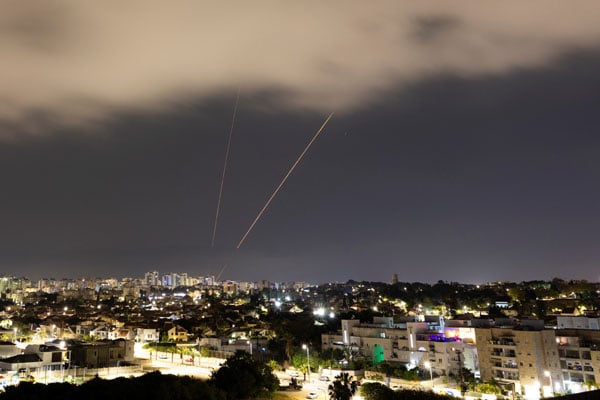Commercial oil production faces more delays
What you need to know:
- Process. Government says protracted discussions have pushed government to provisionally shift early commercial oil production from 2020 to 2021.
Kampala. Government and the oil companies, French Total E&P and China’s Cnooc are looking at reaching final investment decision (FID) mid next year to allow an early commercial oil production start in 2021 but some industry sources say production could be delayed to as far as 2022.
FID is an agreement on capital investments on a long term project: when money for the project is availed and project execution commences.
Current projections show that $6.7b (Shs24 trillion) is the capital expenditure for developing the oil fields borne by the oil companies and government through the Uganda National Oil Company (Unoc).
Unoc has a 15 per cent stake in each of the production licences but this is being carried by the oil companies until the former is able financially.
Energy minister Irene Muloni speaking at the Africa Oil Week in Cape Town, South Africa, last week said the protracted discussions on FID had pushed government to provisionally shift early commercial oil production from 2020 to 2021.
“We are waiting for the companies to make their final investment decisions. The front-end engineering designs have been completed (and we are) just going through the process of approval by government to make sure that everything is set,” Ms Muloni said.
The delays on FID for development of the oil fields was previously hinged on several uncompleted activities like front end engineering design (FEED) studies, resettlement action plan, and environment social impact assessments, especially for Total E&P’s exploration areas-EA1 and northern EA2 or the Tilenga project at the northern end of Lake Albert (in the Murchison Falls National Park) and Buliisa District, respectively.
Total E&P has since finalised all studies and are currently undergoing approval processes. Tilenga includes eight oil fields, and will feature about 419 oil wells
Complications
Discussions on FID was further complicated by Anglo-Irish Tullow Oil’s sale of its assets to both Total E&P, and Cnooc.
The transaction is worth $900m but officials indicate that Tullow has been frantically fighting hard to circumvent payment of Capital Gains Taxes on the deal, which meant government would not approve the transfer of assets to Total E&P and Cnooc.
However, a senior Energy ministry official told this newspaper last week that Tullow has since agreed “to pay some taxes” and the deal will be finalised early next month.
Total E&P officials were not readily available for comment but Cnooc’s senior public relations supervisor, Ms Aminah Bukenya, yesterday said: “I can confirm that our target is to reach FID mid-next year and production to start in 2021.” “First oil is 36 months from FID so that is our plan and we think it is achievable,” she said.
The Shs24 trillion for development of the oil fields includes drilling, land acquisition, construction of feeder pipes across the oil fields, well pads, camps, construction yards, and construction of two central processing facilities (CPF), and a pumping terminal for the proposed crude oil export pipeline to Tanzania.
A CPF is where oil is separated from other impurities before being fed into either the proposed pipeline or refinery.
Unoc’s legal and corporate affairs director, Mr Peter Muliisa, yesterday said a schedule on which all ongoing activities has been put in place to guide the remaining processes until production.
“The delays are costly for the oil companies as well as government,” Mr Muliisa said. “The good thing here is that it is same players in the upstream (development of oil fields) and midstream (oil pipeline) except Tanzania; so, there is no repeating ourselves in the discussions.”
As a result of the delays, Mr Muliisa also said procurement—Engineering, Procurement and Construction (EPC)—tenders are being discussed simultaneously.
“Ordinarily, we should have waited for FID to start on procurement agreements but we are doing this concurrently to meet our timelines in the schedule.”
That said, the full equation of commercialising Uganda’s oil is premised on the crude oil export pipeline— the East African Crude Oil Pipeline and an oil refinery whose development is still in infant stages.
and which could delay production further.
The 1,445km pipeline is expected to run from Hoima through the districts Kakumiro, Kyankwanzi, Mubende, Gomba, Ssembabule, Lwengo to Rakai at the border to Tanga port at the Indian Ocean in Tanzania. The section of the Ugandan pipeline is approximated around $700m (approximately Shs2.4trillion).
Officials say the FEED studies for the pipeline were completed last December and are currently under review before the next step, likely FID, is taken. Once EPC is launched, the construction phase is expected to take an estimated 36 months.
However, the governments of Uganda and Tanzania, and the oil companies are currently locked in discussions over oil volumes supposed to go through the duct and tariffs charged.
Both Uganda and Tanzania have stakes in the pipeline through their respective national oil companies.




